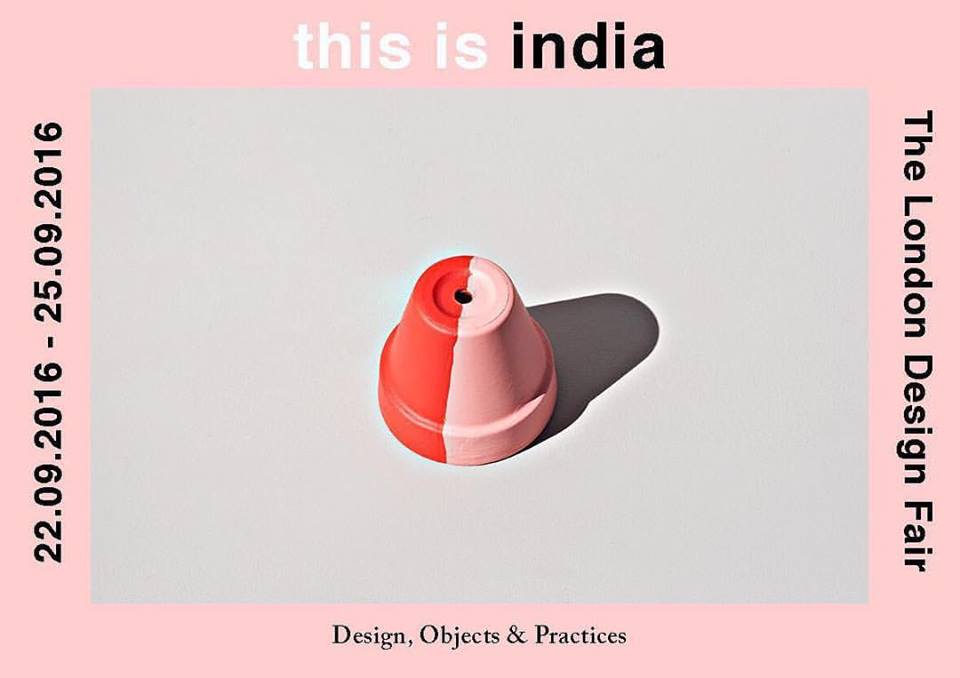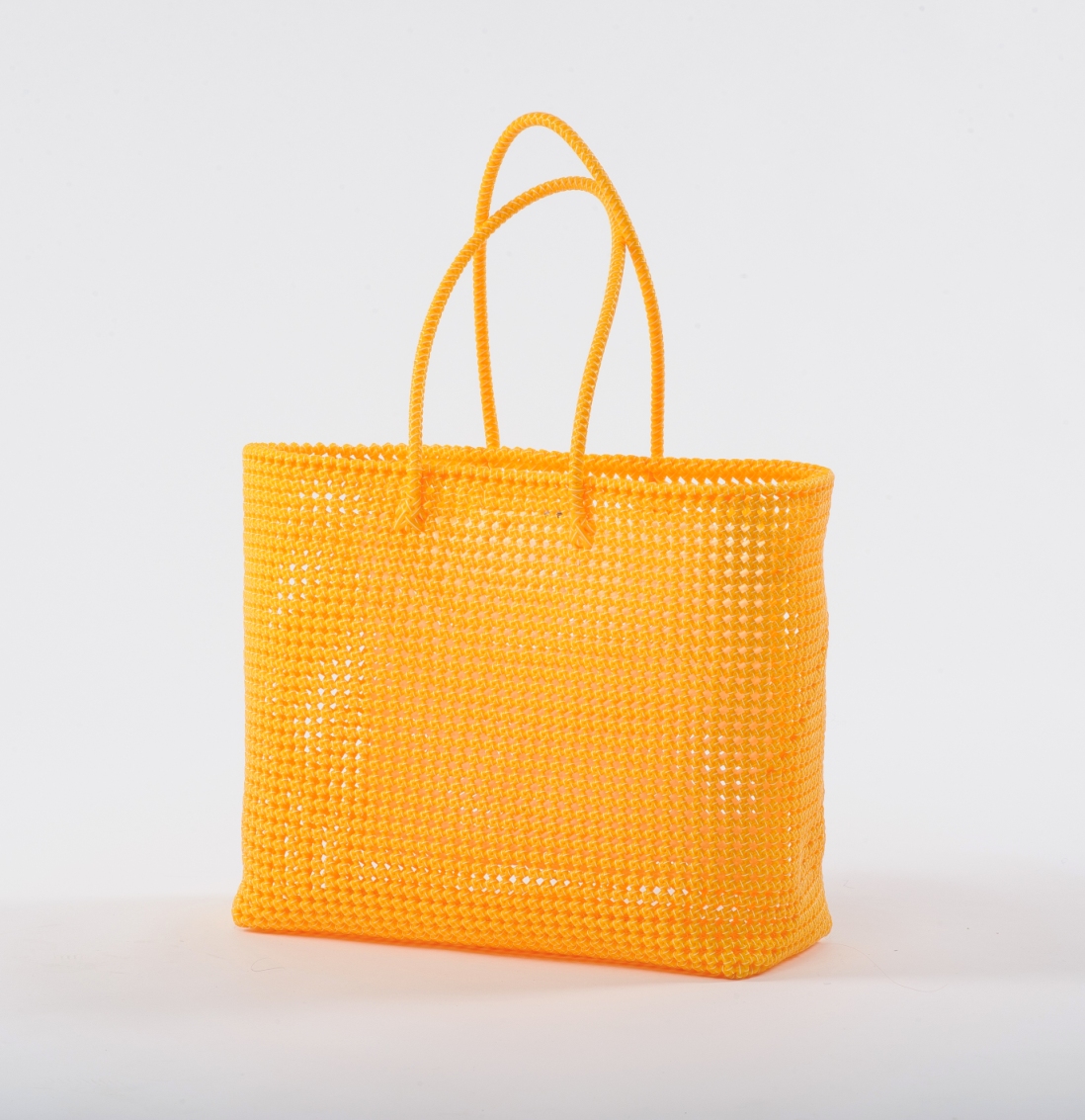An extravaganza of design, a celebration of art, a festivity of exhibitions and a melting pot of designers – London Design Fair 2016 is all set to showcase the most creative spectacles from the design world from 22nd to 25th of September.
On the occasion of the Fair’s 10th Anniversary, India has been invited as their first annual guest country pavilion. Titled ‘This is India‘, the pavilion, supported by Indelust, will include ten emerging and established India-centric designers and brands across product, textile and furniture, offering a novel and intimate take on Indian design practices.
Here are the TYS top picks of creative Indian designers displaying their craft at the London Design Fair 2016.
1. Aman Khanna: CLAYMEN
Aman Khanna is a graphic artist, illustrator, sculptor and visual storyteller. After graduating in graphic and information design from London College of Communication in 2004, Aman set up his own design studio ‘Infomen’ in London in 2005 and ‘Infonauts’ in New Delhi in 2009.
Image source: byhandfromtheheart.com
After working in a flat two-dimensional world for eight years, Aman started exploring the third dimension by creating small clay sculptures from the bliss of admiration for his surroundings and the common man who inhabits that space.
His observations of the common man and his dilemmas find reflection in his clay figures. For Aman, Claymen encapsulates the notion that “man is losing his humanity and becoming a thing amongst the things he produces.”
The idea of being or being present in time and space is reflected in my choice of material – clay is a simple, everyday, raw material used by everyone. Sun dried, half baked in an open fire – clay is omnipresent and yet individual in the way one uses it. In time, the clay dissolves back into the Earth.
Image source: claymen-art.com
 Image source: claymen-art.com
Image source: claymen-art.com
2. Sugandh and Aanchal: OBJECTRY
When co-founders Sugandh Kumar and Aanchal Goel thought of experimenting with wood after working in a metal firm for three years, Objectry was born.
Image source:facebook.com
Objectry products highlight the nature of wood through design and form. The products are industrial, minimal and slightly quirky; all great conversation starters too! Each piece has its own personality and they come in a variety of finishes.
For the show, Objectry will create a a piece that plays with the notion of scale, form and functionality. Between origami and furniture, the piece will be put together and taken apart by the designers themselves over the duration of the show, shown alongside pieces from their collection.
When you start working with a material, the possibilities and the limitations of the material start to automatically appear. We believe the design is all in the details.
 Image source:facebook.com
Image source:facebook.com
 Image source:facebook.com
Image source:facebook.com
3. Sanket Alvani: TAXI FABRIC
Curated by Sanket Avlani, the Taxi Fabric project saw the reupholstering of over 100 taxis in Bombay.
Image source
Taxis in India, particularly in Mumbai, are not only the most convenient form of transport but have also become an iconic piece of culture. Although much attention is given to beautify each taxi by its driver, very little thought is given to the fabric used on the seats. Each fabric printed for a Bombay taxi tells a story, unique to Bombay and the nuances of its local culture. At Taxi Fabric, upholsteries are created in collaboration with designers and illustrators from all over the world.
Most taxi drivers in Mumbai are usually talkative and also profound. It was amazing to realise that they all had an opinion of what they’d like to have on their fabrics. In fact the first taxi driver and the designer connected over pigeons and cutting chai, and it was translated into the design beautifully.
Image source:thisisindia.co.uk
Image source
4. Valay Gada: COBALT DESIGNS
Cobalt Designs was founded in 2012 by artist and designer, Valay Gada. He was inspired by a classical tradition seeking to preserve the very best of Indian culture in terms of both artisanal tradition and fine craftsmanship; blending this with the best of contemporary design.
Image source:cobaltdesigns.in
Cobalt Designs primarily works with traditional craftsmen skilled in metal & their alloys. However, that hasn’t hindered it from embracing newer technologies. Their products are functional as well as quirky and aesthetically appealing.
We would like Cobalt Designs to grow and be recognised as a leading Indian design company that puts emphasis on nurturing home grown Indian talent and protecting and engaging with local artisans to preserve craft from one generation to the next.
 Image source:thisisindia.co.uk
Image source:thisisindia.co.uk
 Image source:cobaltdesigns.in
Image source:cobaltdesigns.in
5. Chinar Farooqui: INJIRI
Injiri, founded by Chinar Farooqui, is a clothing and home textiles brand inspired by, as well as handcrafted, in India. Drawing inspiration from India’s textile traditions including hand-woven khadi, jamdani and ikat, Injiri creates a collection of contemporary womenswear and home decor, inspired by traditional styling.
Image source: indelust.com
Based in Jaipur, Injiri revels in traditional textile designs such as contrasting “kor”, or borders of varying stripes, and “kanni’, contrasting selvedges. Each item is hand crafted by skilled artisans from across India, including traditional spinners, dyers, weavers and tailors, passing through many hands before the final item is complete. Relying heavily on the processes of traditional textiles, the collection celebrates detailed finishing and hand weaving.
For me, beauty is in the processes of creating a piece of textile; the textile must tell its own story. In other words, the warp, weft, extra weft, cross borders become the elements that portray the story of it’s making.
Image source:injiri.co.in
Image source:injiri.co.in
6. Priyanka Shah: THE SHED
Brought to life by Priyanka Shah, The Shed is a research and design studio that specialises in making furniture, home accessories, kitchenware and cultural objects.
Image source: joinpaperplanes.com
Rediscovering the wisdom of bygone eras, these product aesthetics nudge us to turn our back to our often-chaotic urban lifestyle and appreciate the joys of thoughtful living.
For me, this was an objective at the SHED – to combine the best of both realms of manufacturing that already exist and hence form a unique design language that emerges from the indigenous conditions of India. I see SHED as a hybrid between a co-working space and a maker-space, and today in the midst of crowded times and an endlessly growing virtual space platform, physical space is extremely valuable and scarce.
 Image source:joinpaperplanes.com
Image source:joinpaperplanes.com
 Image source: joinpaperplanes.com
Image source: joinpaperplanes.com
7. Kavitha and Diya Varadaraj: URMI
Fusing their passion to revive the ancient craft of weaving with a strong will to empower women in rural India, Kavitha and Diya Varadaraj created the label, Urmi. By using recycled plastic, these products give textile weaving a new dimension.
Image source: indelust.com
The philosophy behind the brand is to enable rural women to acquire skills, and earn an income without ever having to leave their homes and families for work. Within the Urmi line, ingenious craft is intertwined with a keen sense of design, making each piece a bold fashion statement. The best part? It is the home-based women, from rural Southern India, who weave magic into Urmi products.
We’ve discovered other kinds of weaves in rural areas, such as the ‘gooseberry weave’, where the cross section of the top of a gooseberry is the pattern you get after weaving. There is also the ‘biscuit weave’ which is very complicated; we combine these weaves to form beautiful patterns in each product.
 Image source: thisisindia.co.uk
Image source: thisisindia.co.uk
 Image source: indelust.com
Image source: indelust.com
From clay figurines to bags made from recycled plastics, these Indian designers are blending intellectual innovations and social consciousness with indigenous craft-making techniques. Their artwork embraces the touch of modernity while remaining firmly rooted in age-old handicraft traditions.
This is India truly captures the Indian-ness of Design. All products showcased at the pavilion will be available worldwide through Indelust.





















